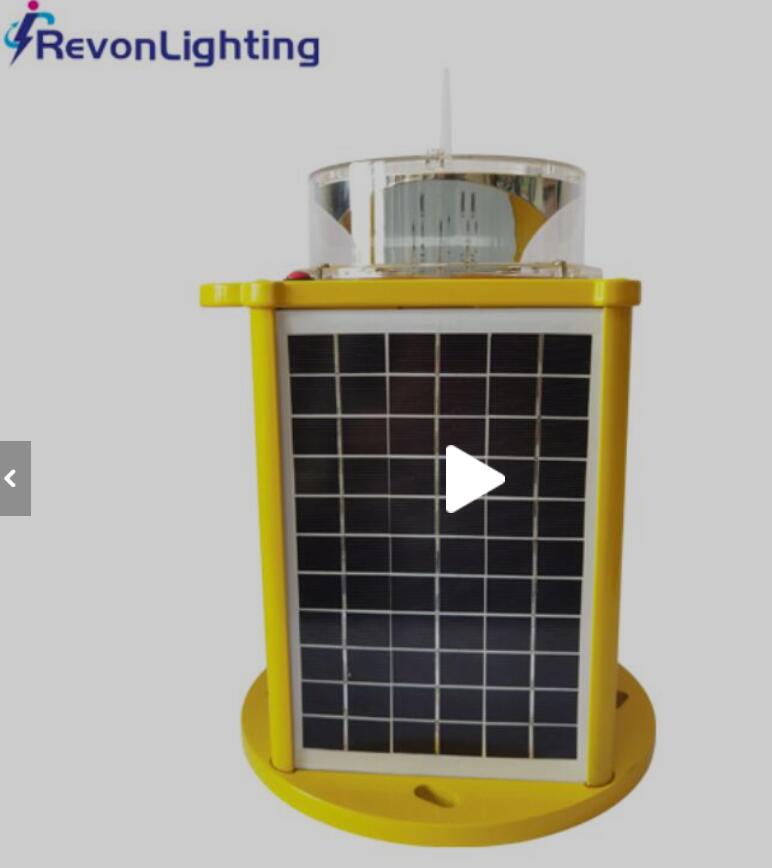The Future of Navigation: Solar Marine Buoy Light Technology
In the modern era of navigation, marine buoys serve as vital markers, guiding ships safely through waters and indicating important routes or hazardous areas. As technology advances, so too does the way we approach maritime safety. One such innovation that is revolutionizing the way buoys function is the Solar Marine Buoy Light. With its eco-friendly, energy-efficient design, this technology is set to become a staple in both commercial and recreational marine navigation.
The Importance of Marine Buoy Lights
Marine buoys have long been integral to maritime safety, particularly in the areas of shipping lanes, harbors, and offshore oil platforms. They mark important locations, provide navigational aids, and alert vessels of potential danger. Traditionally, these buoys have relied on battery-powered or generator-based lighting systems. However, these older systems often struggle with high maintenance costs, limited operational lifespan, and environmental concerns due to reliance on non-renewable energy sources.
Enter the Solar Marine Buoy Light. Powered by renewable solar energy, this lighting system offers a sustainable alternative to traditional power sources. Solar energy is not only abundant but also significantly reduces the need for regular maintenance. These buoy lights rely on solar panels to capture sunlight, converting it into electrical energy to power the light during both day and night. This solution significantly decreases operational costs, while also reducing the environmental footprint of marine navigation systems.
How Solar Marine Buoy Lights Work
Solar Marine Buoy Lights function by harnessing the sun's energy during the day through high-efficiency solar panels. These panels are usually mounted on top of the buoy and are capable of collecting sunlight even in cloudy or overcast conditions, ensuring that the light remains operational. At night, the stored energy powers the buoy’s LED light, which provides illumination to guide vessels safely. The light’s intensity is often adjustable to meet specific requirements based on the location or the importance of the marking.
The robust design of these buoys ensures that they are able to operate in extreme marine environments, from rough seas to high winds. The materials used for these buoys are typically resistant to corrosion, ensuring that they can withstand saltwater exposure and harsh weather conditions. The energy storage system, typically a rechargeable battery, ensures that the buoy remains lit even during extended periods of poor weather or cloudy days, making them reliable for long periods of use.

Advantages of Solar Marine Buoy Lights
Cost-Effectiveness: One of the most significant advantages of Solar Marine Buoy Lights is the reduction in operational costs. Traditional buoy lights require regular maintenance, which includes replacing batteries and ensuring that generators are functioning correctly. Solar-powered systems, on the other hand, require minimal upkeep and are often maintenance-free for extended periods, reducing the overall operational costs for marine agencies and commercial operations.
Environmental Benefits: By utilizing solar power, these buoy lights contribute to a greener, more sustainable maritime industry. Solar energy is a renewable resource that helps reduce reliance on fossil fuels. This also eliminates the need for regular battery disposal, which can have harmful environmental effects.
Reliability: Solar Marine Buoy Lights are designed to be highly reliable. With the ability to store energy and function in almost all weather conditions, these lights provide continuous service, even in remote or harsh locations where power infrastructure may not be feasible. Furthermore, the durable materials used in the construction of these buoys ensure that they can survive long-term exposure to the elements, providing consistent functionality over years.
Improved Safety: The continuous operation of Solar Marine Buoy Lights enhances safety for mariners, especially in areas with low visibility, such as foggy or stormy conditions. By offering a steady, bright light source, these buoys reduce the risk of ships colliding with underwater obstacles or running aground, thereby safeguarding both human lives and cargo.
Easy Installation and Deployment: Solar Marine Buoy Lights are easier to deploy compared to their traditional counterparts. They do not require extensive electrical wiring or infrastructure, making them particularly useful for temporary or emergency applications. Moreover, the lightweight design of modern solar-powered buoys allows for quick and efficient installation in a variety of marine environments.
Applications of Solar Marine Buoy Lights
Solar Marine Buoy Lights have a wide range of applications across various sectors of the maritime industry. They are increasingly being used in shipping lanes, harbor entrances, offshore drilling platforms, and environmental monitoring stations. Additionally, they are ideal for marking hazardous zones, such as submerged rocks or reefs, where traditional light sources might not be as effective.
They also play an essential role in marking routes for recreational boating. As more people engage in maritime leisure activities, ensuring safe navigation in unfamiliar waters becomes crucial. Solar Marine Buoy Lights offer an easy-to-spot, reliable navigation aid that ensures safe passage.
The Future of Solar Marine Buoy Lights
As the global emphasis on sustainability grows, the use of Solar Marine Buoy Lights is expected to increase significantly in the coming years. With continued advancements in solar panel efficiency and battery storage technology, these buoy lights will become even more effective in providing consistent and reliable lighting. Furthermore, the integration of smart technology into these systems will enable remote monitoring and control, further enhancing their performance and ease of management.
Governments and maritime organizations are likely to continue investing in solar-powered systems, as they align with global goals for reducing carbon emissions and promoting clean energy sources. The increasing adoption of renewable energy across industries will undoubtedly lead to more innovative solutions like Solar Marine Buoy Lights, which contribute to both environmental protection and maritime safety.
The Solar Marine Buoy Light represents a significant leap forward in the evolution of maritime navigation. By offering a sustainable, cost-effective, and reliable solution, this technology is set to become a crucial component of the global marine infrastructure. As the world continues to embrace renewable energy and green technologies, solar-powered solutions will play an essential role in shaping a safer, more sustainable future for marine navigation.
